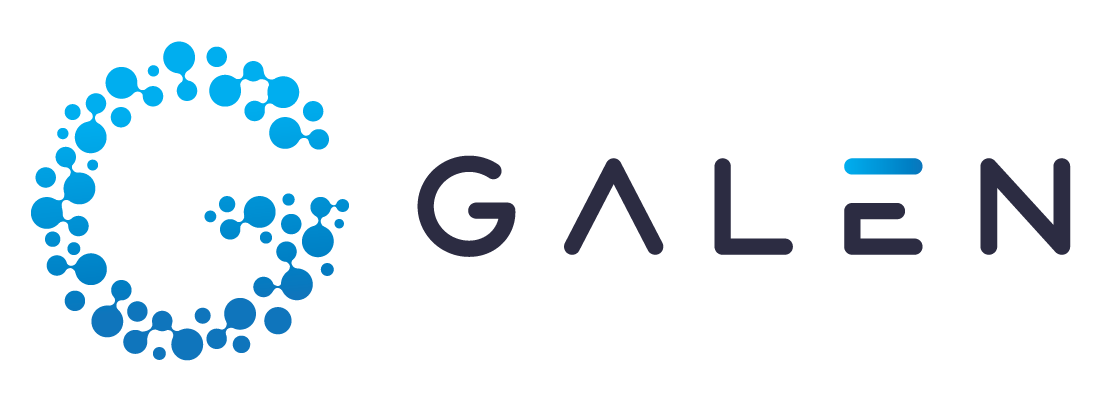Blog
A drug inventory management system: how useful is it?
A considerable part of the clinic’s workflow involves prescribing and dispensing medication to patients so that they receive the highest quality care for their ailments. Not having the necessary medicines in stock or on order leads to bad customer experiences. For example, if a patient has been prescribed a certain medication and the clinic is out of it, they may be forced to look for the medicine elsewhere, leading to delays in their treatment. This can create a negative impression of the clinic and hurt customer satisfaction, thus damaging the clinic’s credibility and resulting in losing repeat business.
Therefore, ensuring that the clinic has a reliable drug inventory management system for ordering and tracking medications is essential. Ideally, this system should be user-friendly, efficiently track medication orders and deliveries, and alert staff when stocks run low.
What is a drug inventory management system?
The aim of managing drug inventory is to ensure that the appropriate medications are available whenever needed and are safely and securely stored and utilised. A drug inventory management system oversees and controls the ordering, storage, distribution, and utilisation of the drugs that the clinic needs.
The system helps track the supply of drugs from the moment they are ordered and received until they are dispensed to patients. This includes tracking the type of drug, the quantity, the expiration date, and the storage location. This information is essential in creating a reliable inventory system that monitors the amount of medications the clinic has on hand.

Types of drug inventory management system that clinics use
There are two ways that healthcare providers can adopt to manage their drug inventory:
Manual Drug Inventory Management System
One way to manage inventory is by manually counting the drugs and documenting the quantities on paper or in a spreadsheet. This method requires a lot of effort, can be time-consuming and are error-prone. A better approach to managing inventory is using clinic management software integrated with an inventory module.
Automated Drug Inventory Management System
This method involves a Clinic Management Software (CMS) that automates inventory management tasks. This software can provide real-time data, including tracking the quantities ordered and dispensed, setting reorder alerts and providing analytics through curated reports. Additionally, the software allows integration with electronic medical records (EMRs) and purchasing systems.
So, what are the benefits of having an automated inventory management system?
Let’s explore the benefits of having an inventory management system and how it can help healthcare providers of all sizes streamline their operations.
– Improved Patient Safety & Satisfaction
Increasingly, healthcare providers, pharmacists and clinics are adopting technologies such as barcodes and QR codes to streamline and improve the accuracy and efficiency of tracking and monitoring their inventories.
Automated drug inventory systems make monitoring stock levels quick and easy and help healthcare providers ensure that they have the necessary medications on hand to meet the needs of their patients. The robust system employs advanced IT capabilities that reduce errors and closely track the movement and status of the drugs, thus enhancing patient safety. By avoiding dangerous shortages, clinics create a positive experience, improving patient satisfaction and outcomes.
– Reduce Drug waste & Costs
Drug wastage per patient is stated to cost up to $663 per patient during a pharmacist home visit. When accumulated, the wastage amount would be significant to healthcare providers. With the short shelf-life and fluctuations in supply and demand, managing drug inventory can be confusing for many healthcare providers. As a solution, healthcare providers are turning to clinic management systems that provide data intelligence to make strategic and efficient methods to avoid overstocking, shortages or low inventory turnover.
Tracking medication expiration dates is one-way clinic management software that aids healthcare providers in reducing waste and lower costs. By keeping track of these dates, the system ensures an adequate stockpile and efficient turnover, preventing waste and minimising the cost of maintaining excess expired medications. This can be especially important for healthcare providers, as the costs associated with wasted or expired drugs and the ability to manage these costs effectively can significantly impact the organisation’s overall financial health.
– Increased Operating Efficiency
Attaining comprehensive analytics that facilitates planning requires data input that is precise and accurate. Manual data entries and unorganised operations are error-prone and tend to exacerbate the problem by deriving insights that are not useful for the clinics. Clinic Management Systems can be incredibly beneficial as it streamlines and automates multiple workflows and helps eliminate the need for heavy manual operations.
With advanced technology within the CMS, clinics can easily configure workflows to increase operational efficiency, significantly reduce the manual workload required to manage inventory levels and allow more time for clinic staff to focus on patient care. On top of that, CMS provides additional functionalities like real-time inventory tracking and triggering of purchase orders when stocks are low, ensuring that the clinic is always performing at its optimal level.
– Ensure regulatory compliance & enhance security
It is mandatory for clinics to adhere to regulations set out by the country that they operate in. These regulations usually require the clinic to modify or ensure specific workflows are being followed. A reliable clinic management system can help healthcare providers set workflows that are compliant with laws and regulations related to the storage and distribution of drugs.
These systems can ensure that drugs are appropriately stored and are only dispensed to authorised individuals, which helps prevent errors and ensure the safety of patients. By utilising a drug inventory management system, healthcare providers can more easily meet the requirements set forth by regulatory bodies. This allows clinics to avoid potential fines or other consequences related to non-compliance.
Maintaining accurate inventory records becomes increasingly challenging and time-consuming. The right tools and technology can streamline the inventory management workflows and reduce the time and effort spent on it. By using an automated system, clinics can track inventory, flag shortages, and alert staff when stock needs treplenishment. Moreover, an automated inventory system can help ensure compliance with regulatory standards, improve accuracy, and reduce the risk of medication errors. This leads to improved patient safety and better outcomes.

